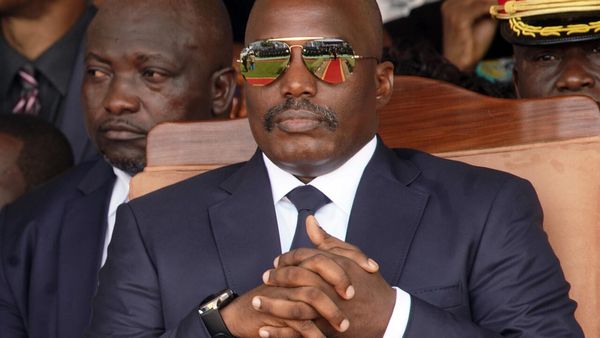On Wednesday, Business Standard reported that the Union Finance Ministry had asked the heads of public sector banks (PSBs) for a plan to improve employee count. A week ago, BusinessLine had reported that vacancies announced for clerical posts had significantly decreased this year. The report also showed a declining interest in bank jobs, with increasingly fewer candidates registering for the recruitment/selection programmes. Earlier this year, on March 28-29, the All India Bank Employees’ Association carried out a strike insisting that the recruitment of workers be increased, among other demands.
The strike and the recent news reports together show that the problem of declining manpower has reached an inflection point. In fact, the cutback on hirings is more pronounced among clerks and sub-staff, while the number of officers has remained constant. This trend was observed in both PSBs and private sector banks (PVBs). However, it is worth noting that the number of officers in PVBs is three times higher than in the PSBs.
Click to subscribe to our Data newsletter
Reasons for decline in strength
Data show that increased ATM usage, surging online and mobile transactions, and a reduction in the number of new bank branches have reduced footfalls in banks and led to the rapid decline in the strength of clerical staff.
Chart 1A shows the total staff in PSBs and PVBs. It brings out the contrast in recruitment patterns. While the staff in PVBs went up from over 92,000 in FY05 to 5.7 lakh in FY21, the corresponding numbers for PSBs have remained stagnant — 7.48 lakh in FY05 and 7.83 lakh in FY21.
Charts appear incomplete? Click to remove AMP mode
Chart 1B shows the number of officers, clerks, and sub-staff working in each functioning office of a PSB. In FY06, each working office had 6.6 clerical staff on average, which more than halved to 3 in FY21. Similarly, the number of sub-staff per office reduced from 3.3 to 1.1 in the observed period.
Chart 1C also shows a similar declining trend among clerks and sub-staff in PVBs. However, it is important to note that there were considerably fewer clerks and sub-staff even in the earlier years in PVBs compared to their counterparts in PSBs.
Both Charts 1B and 1C show that the number of officers has remained mostly stagnant. Interestingly, in FY21 there were 14.7 officers for every functioning office of PVBs compared to just 4.3 per office in PSBs. Such a high officer ratio in PVBs meant the disparity between clerical and officer positions was much wider than in PSBs.
Chart 2A shows that the number of ATM withdrawals using debit cards in PSBs had more than doubled — from over 31 crore to 64 crore between 2012 and 2019. A similar but muted increase was recorded in PVBs. A sharp reduction in ATM withdrawals was observed in PSBs after the pandemic outbreak in 2020. Interestingly, the withdrawals did not reach the pre-pandemic levels even in the later years.
Chart 2B explains the reason behind this trend. It shows that both the volume and value of UPI transactions skyrocketed in the pandemic period. This, along with a similar surge in other online transactions, led to a sharp fall in ATM usage post-2020.
Chart 2C shows the number of new bank branches opened. In both PSBs and PVBs, this number declined rapidly post-2016.
The disruption of clerical recruitment due to the advent of machines and core banking solutions is here to stay. And so, it will be interesting to see the response of banks to the Finance Ministry’s latest push for more hirings.
vignesh.r@thehindu.co.in and rebecca.varghese@thehindu.co.in
Source: RBI
Also read: Big bang privatisation of banks can be harmful: RBI article







